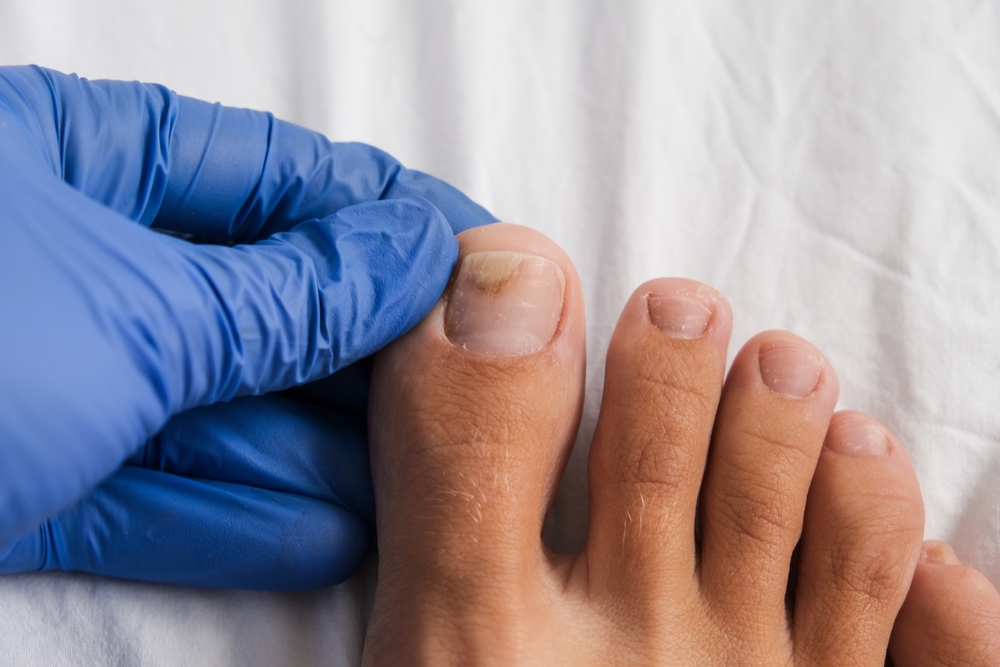Lifted / Detached Nails
Lifted or detached nails
A detached nail: what is it?
The medical name for when the nail separates from the nail bed underneath is onycholysis. A nail that separates from a nail bed won’t grow back. Rather, a fresh nail will regrow. A toenail may take up to 18 months, whereas a fingernail may take roughly 6 months.
Who gets detached nails and what causes them?
A nail may separate (detach/lift) from the nail bed for a variety of causes. Here are a few examples:
- Injuries: those with long fingernails frequently sustain this.
- Stubbing or Significant pressure on the toe
- Tight shoes can generate pressure or trauma, which can cause the nail to lift off the nail bed.
- Severe diseases
- Fungal infections of the nails can lead to damage
- Skin diseases, including psoriasis
- Chemotherapy as well as certain additional medications
- Some soaps and nail polish removers contain chemicals like acetone.
Indications and Symptoms
Among the examples are:
- Nail pitting
- Discolouration of the nail
- Crumbling or flaking nails
- Ridges on the Nails
- It’s possible for the nail-lifting region to turn white.
Podiatry’s benefits for detached nails include:
Seeing a podiatrist is advised if you are uncomfortable cutting your own nails, particularly if you have a compromised immune system, diabetes, or peripheral artery disease. These disorders may result in decreased circulation or loss of feeling in the lower limb.
Untreated nail damage can result in ulcers, infections, and other dangerous side effects.
What would a detached nail require in podiatry?
The degree of damage to the nail will determine this. Reattaching, repairing, or even replacing the nail is impossible if the entire nail has separated from the nail bed underneath.
Scarring may occur if the nail bed, proximal nail fold, nail matrix, or surrounding tissues are harmed.
A portion of the nail that is still adhered to the nail bed ought to be preserved. Nonetheless, it is necessary to remove any loose nail that is separated from the nail bed.
Among the treatments that a podiatrist offers are:
keeping the nail smooth via trimming it, and filing any sharp edges. This will lessen the likelihood of further trauma and nail damage.
putting a non-stick bandage over the region after applying a thin coating of petroleum jelly, like Vaseline
The podiatrist will clean, treat, and prescribe medicines if the nail bed exhibits any symptoms of an infection.
The podiatrist will offer tips on how to encourage healing and prevent infection, such as by keeping the nail dry.
The nail should regrow normally as long as the nail bed and nail matrix are undamaged.
Infections, ulcers, and other severe consequences may result from untreated nail damage.

